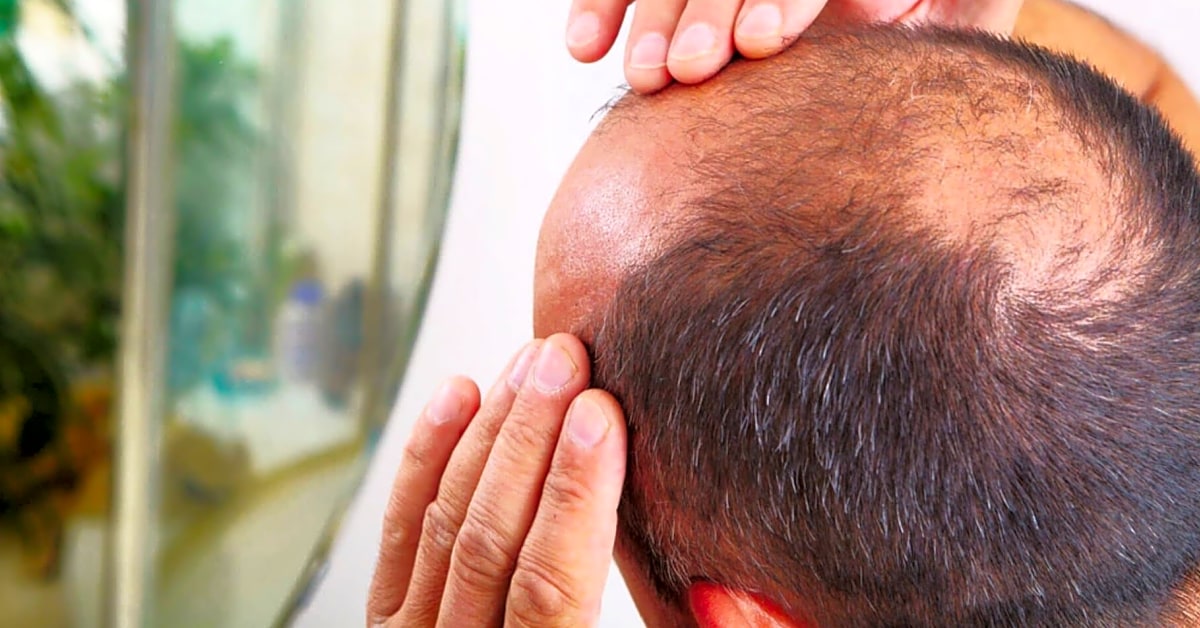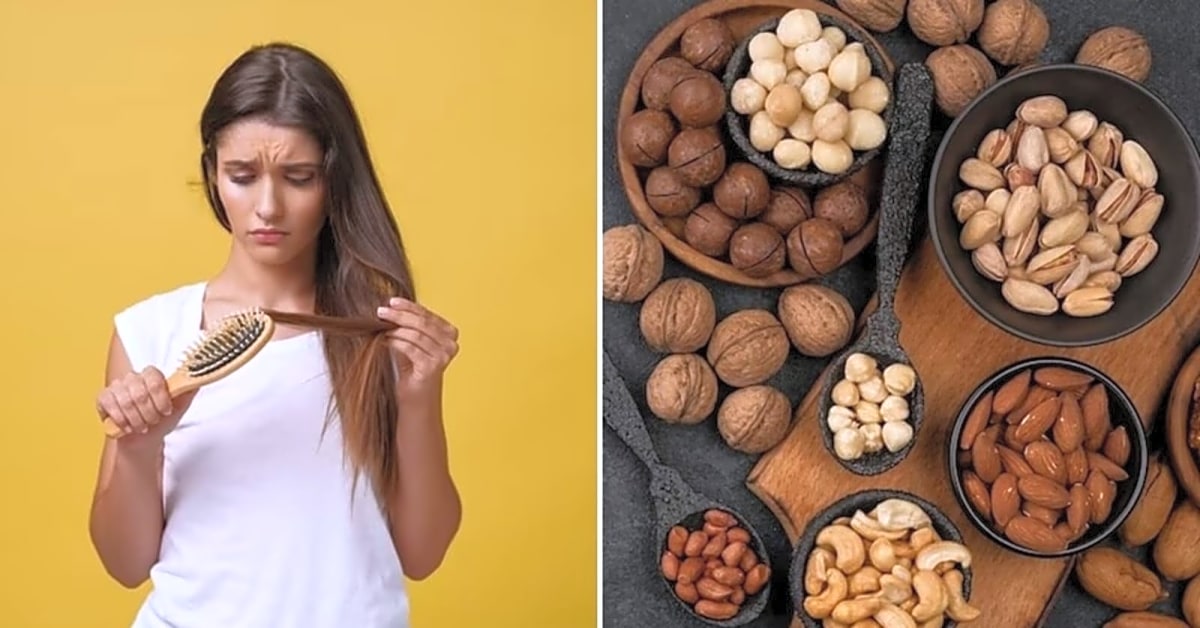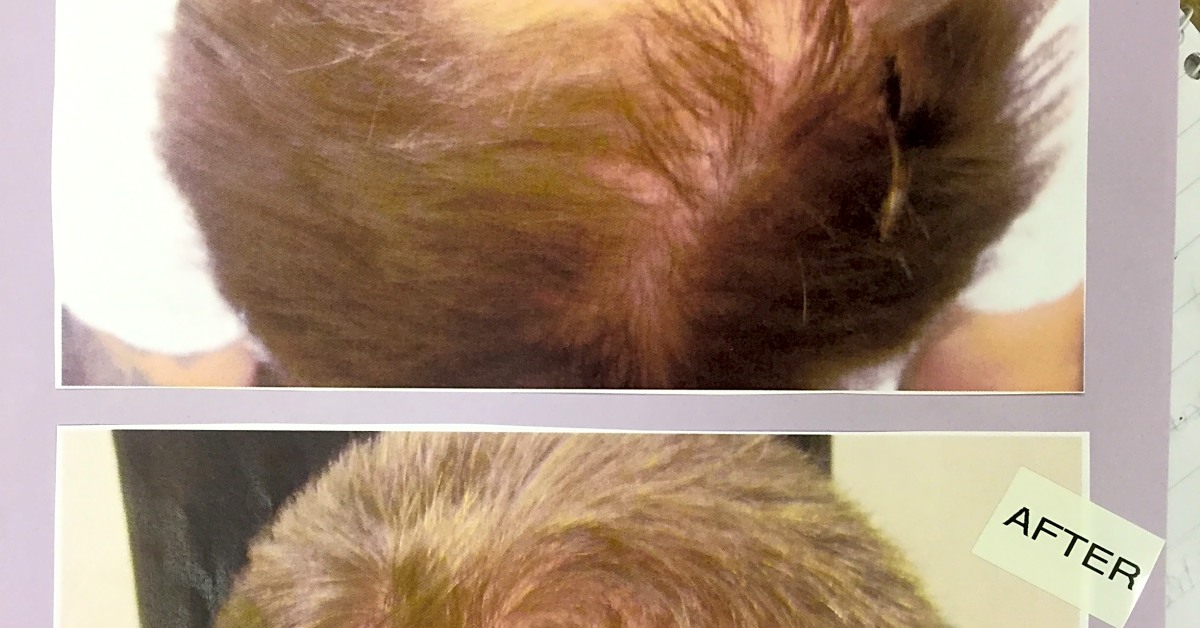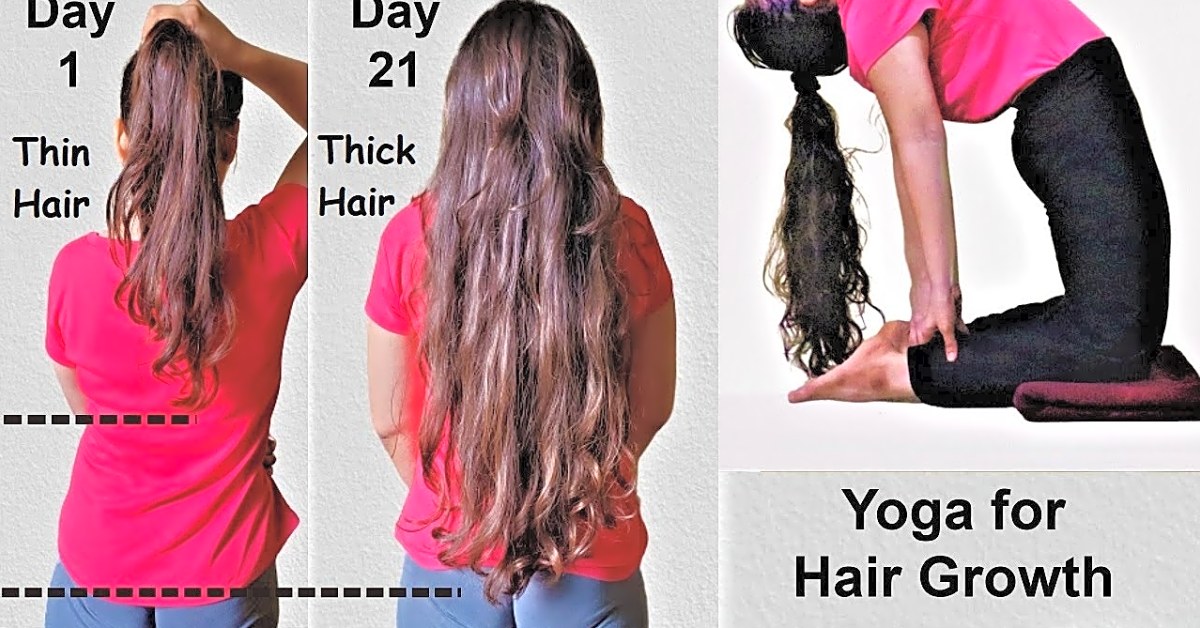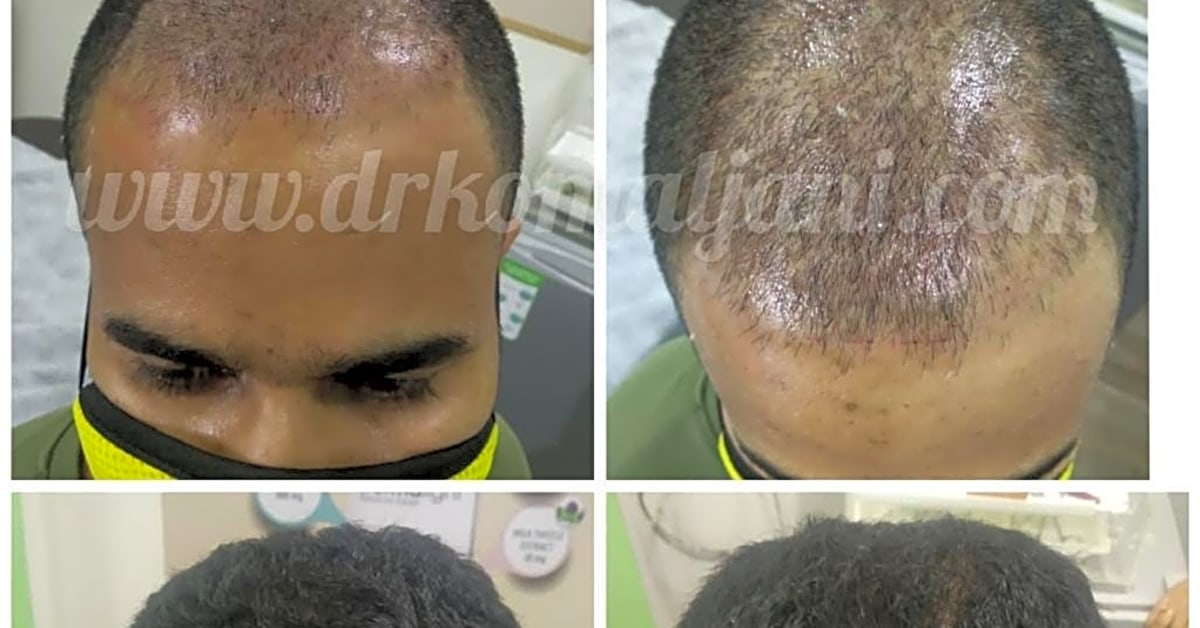Male pattern baldness is a common condition that affects millions of men worldwide. It is characterized by a receding hairline and thinning of hair on the crown of the head, eventually leading to partial or complete baldness. While it is often associated with aging, male pattern baldness can also occur in younger men due to a variety of factors such as genetics, hormonal imbalances, and certain medical conditions. For many men, losing their hair can be a source of embarrassment and insecurity, but the good news is that there are several medical treatments available to address this issue. In this article, we will discuss the various medical treatments for male pattern baldness and how they can help improve the appearance and confidence of those affected by this condition. So, if you’re someone who is struggling with male pattern baldness, or just curious to learn more about it, keep reading to gain a better understanding of this condition and the available treatment options.
To begin with, it’s important to understand the causes of male pattern baldness. Genetics and hormonal factors play a significant role in this condition, and it tends to run in families. If you have a close relative who experiences hair loss, you are more likely to experience it as well. Additionally, an excess of dihydrotestosterone (DHT) in the body can lead to hair follicles shrinking and eventually stopping hair production.
Now that we have covered the main causes of male pattern baldness, let’s move on to the different medical treatments available. There are several options for treating male pattern baldness, including medications, hair transplant surgery, and low-level laser therapy.
Medications such as finasteride and minoxidil can help slow down or stop hair loss in some individuals. These medications work by blocking DHT production or stimulating hair follicles to promote hair growth.
Hair transplant surgery is another option for treating male pattern baldness. This involves taking hair follicles from areas of the scalp that are not affected by hair loss and transplanting them into the balding areas. The procedure is typically done under local anesthesia and can take several hours to complete.
Low-level laser therapy is a non-invasive treatment option that uses red light therapy to stimulate hair growth. It is believed that the red light stimulates blood flow to the scalp and encourages hair follicles to grow.
In addition to these medical treatments, there are also lifestyle changes that can help improve the health of your hair. This includes maintaining a healthy diet with plenty of vitamins and minerals that are essential for hair growth, reducing stress levels, and avoiding harsh hair styling products.
It’s important to keep in mind that not all treatments work for everyone, and results may vary. It’s best to consult with a medical professional before starting any treatment for male pattern baldness. They can help determine the underlying cause of your hair loss and recommend the best course of action for you.
In conclusion, male pattern baldness is a common condition that can have a significant impact on one’s self-esteem. However, there are various medical treatments available that can help prevent or slow down the process of balding, as well as potentially regrow hair. By understanding the causes of male pattern baldness and exploring different treatment options, you can make an informed decision about your hair and find a solution that works best for you.
2. Hair Transplant Surgery
Hair transplant surgery involves taking healthy hair follicles from one part of the scalp and transplanting them to the balding areas. This is a more invasive procedure and may require multiple sessions to achieve desired results. However, it can be a long-lasting solution for male pattern baldness.
1. Medications
One of the most common medical treatments for male pattern baldness is medication. There are two FDA-approved medications available: minoxidil and finasteride.
Minoxidil is a topical treatment that is applied directly to the scalp and works by increasing blood flow to the hair follicles, promoting hair growth. Finasteride is an oral medication that blocks the production of DHT, thus preventing further hair loss.
3. Low-Level Laser Therapy (LLLT)
Low-Level Laser Therapy (LLLT) is a non-invasive treatment that uses red light therapy to stimulate hair growth. This treatment has gained popularity in recent years as a potential option for those experiencing male pattern baldness.
It is believed that the light energy from LLLT helps increase blood flow to the scalp, which in turn promotes hair growth. This is important because decreased blood flow to the scalp has been linked to hair loss in men. By increasing blood flow, LLLT may help nourish hair follicles and encourage new hair growth.
LLLT can be done at a clinic, where a professional will use a specialized laser device on the scalp, or it can be done at home using a handheld device. This makes it a convenient option for those who may not have the time or resources to regularly visit a clinic.
While the exact mechanism of how LLLT works is still being studied, many studies have shown promising results. In fact, a meta-analysis of 11 clinical trials found that LLLT significantly improved hair count and thickness in men with androgenetic alopecia, or male pattern baldness.
However, it is important to note that LLLT may not work for everyone and results may vary from person to person. It is also recommended to continue LLLT treatments regularly to see continued results.
If you are considering LLLT as a treatment option for male pattern baldness, it is important to consult with a healthcare professional first. They can help determine if it is a suitable option for you and provide guidance on how to properly use LLLT for optimal results.
In conclusion, there are various medical treatments available for male pattern baldness, each with its own benefits and potential side effects. It’s important to consult with a doctor before starting any treatment to determine the best option for you. Additionally, maintaining a healthy lifestyle, managing stress levels, and using gentle hair care products can also help prevent further hair loss. With the right treatment and care, you can regain confidence in your appearance and feel comfortable in your own skin once again.

